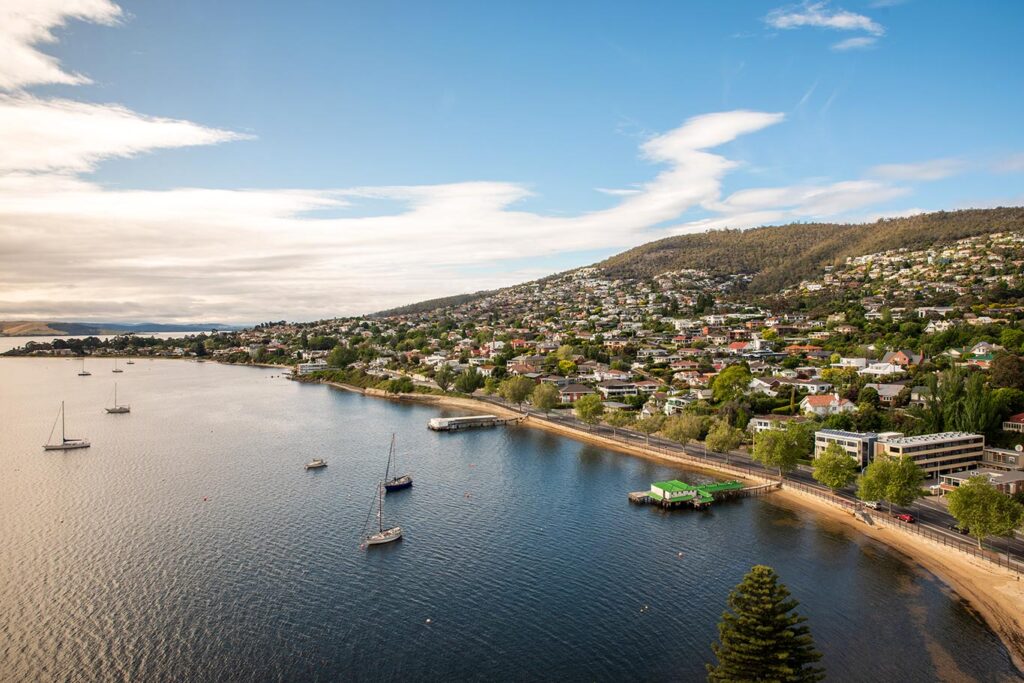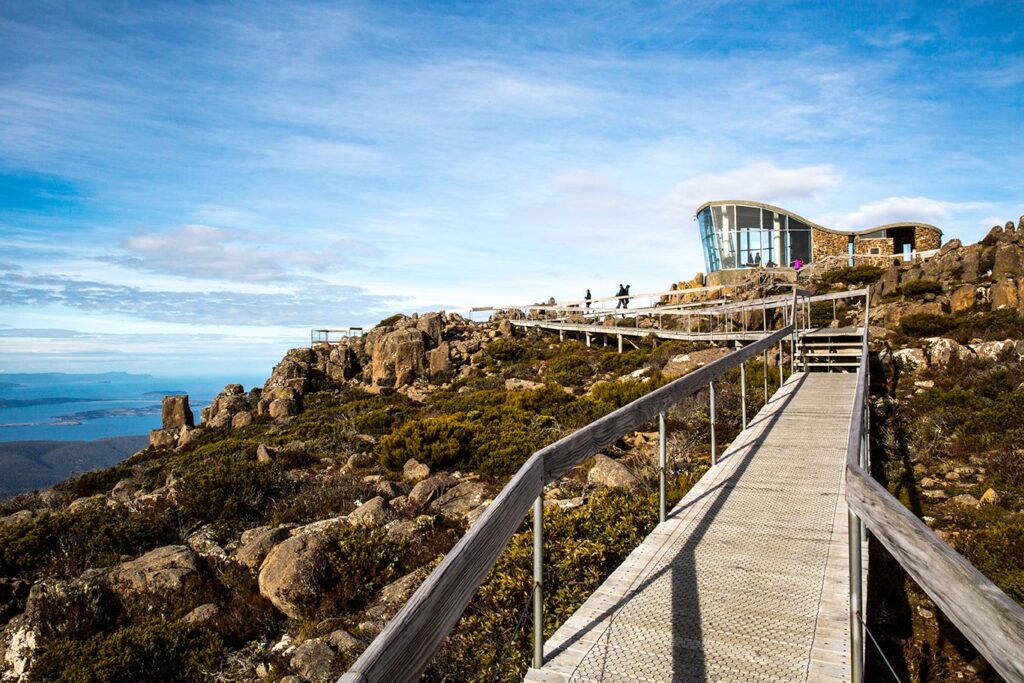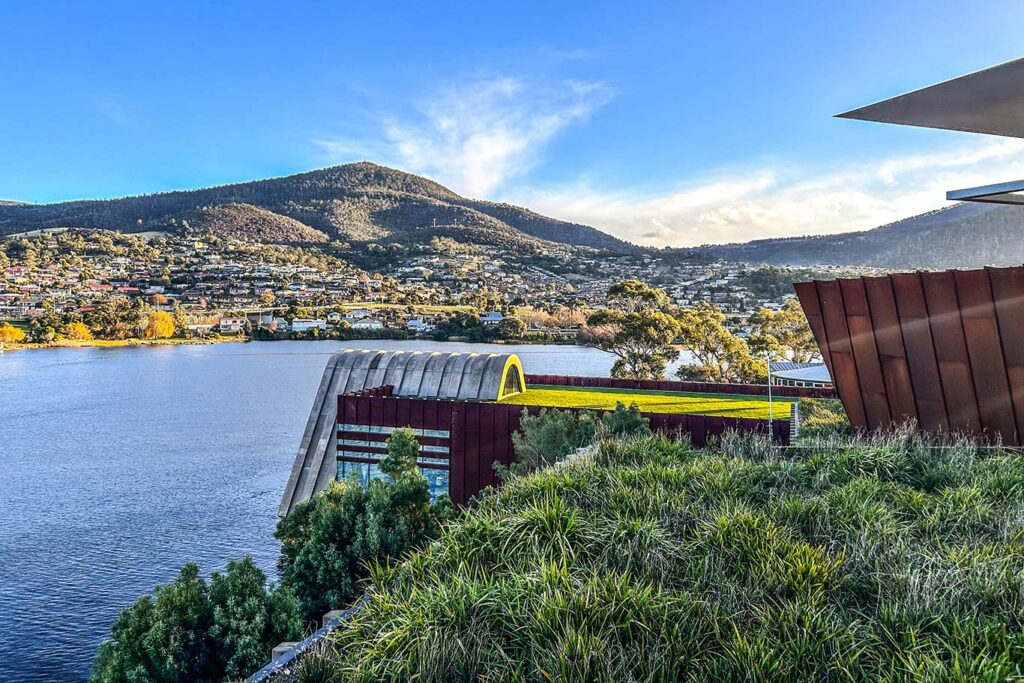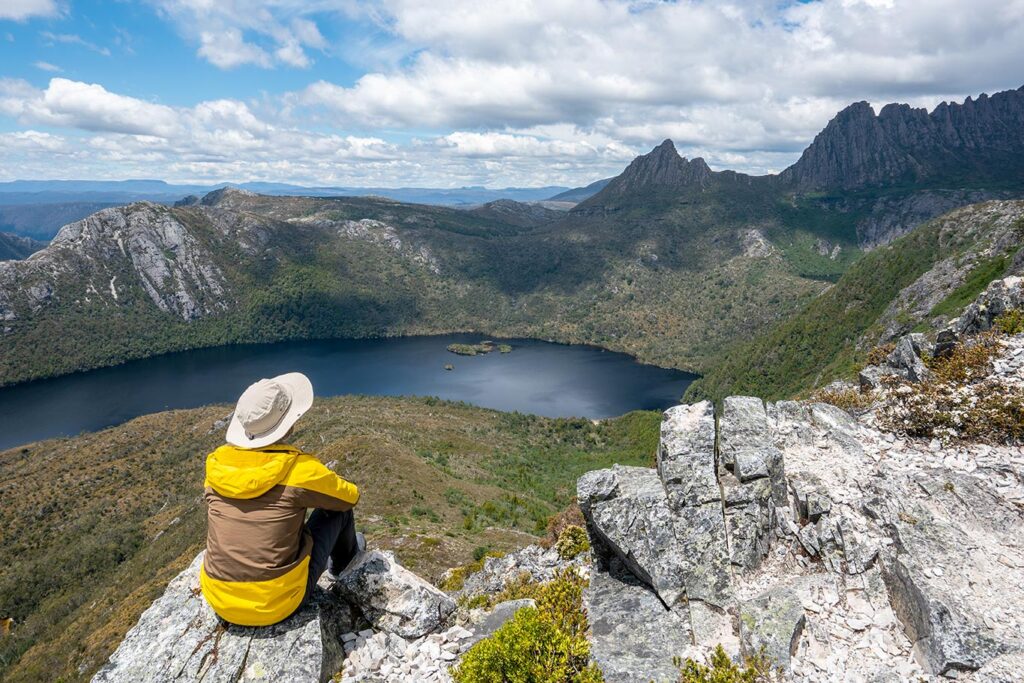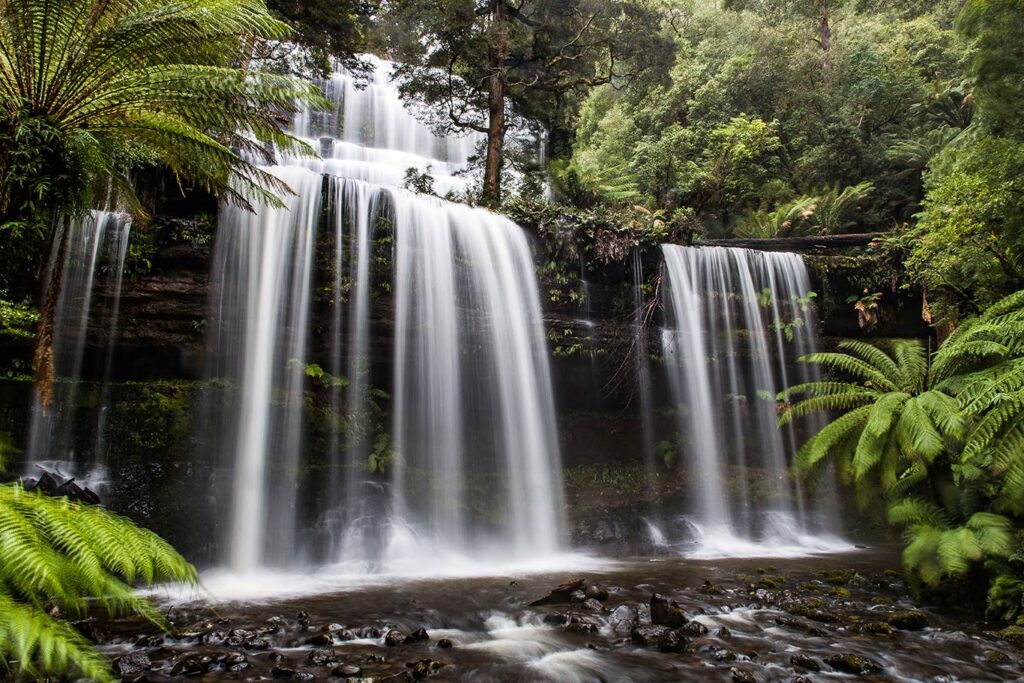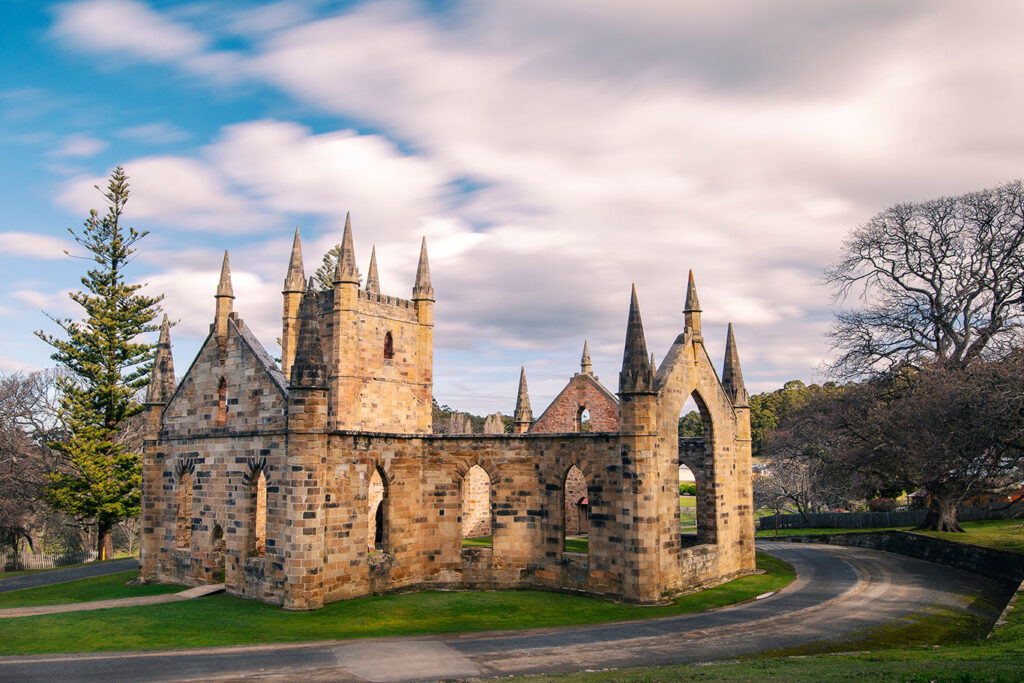Trips to Tasmania
Experience Tasmania’s interesting natural attractions
The island of Tasmania, formerly known as Van Diemen’s Land, is renowned for its beautiful scenery, good food and historic sites. It is a state in its own right, located south of mainland Australia. The best way to get to Tasmania is to fly to Hobart, Launceston or Devonport. You can also arrive in Devonport by ferry from Melbourne.
Although Tasmania is a small island, there is plenty to see and do. Who hasn’t heard of the Tasmanian devils, or marsupials? Tasmania’s nature and scenery are its absolute attractions, and there are plenty of opportunities for hiking.
If you’re travelling in Tasmania, you should be prepared for the island’s unpredictable weather, which can change rapidly, especially in mountainous areas. It’s a good idea to bring warm clothing, as winds from the South Pole often bring cool air and, in winter, snow, especially in the mountains. The island’s main towns of Hobart and Launceston also offer visitors a wealth of culture, restaurants and history.
In winter, Tasmania is a good place to see the Aurora Australis – the Southern Lights.
Dreaming of a perfect
trip to Tasmania?
Contact us and we can help you plan a successful trip that suits you.
Hobart has enchanting scenery in every direction
Hobart is the capital of the state of Tasmania and the second oldest city in Australia after Sydney. Set amidst a beautiful natural harbour and mountains, Hobart offers spectacular views in every direction.
Battery Point and Salamanca are the oldest areas of the city and are naturally steeped in history. Salamanca’s Saturday market is an attraction in itself, and Australians from all over the country come to visit the market. There are products from local farmers, artists, wine producers and much more. In the Battery Point and Salamanca areas, travellers will also find a wealth of cafes, restaurants and galleries.
Mount Wellington
Close to the centre of Hobart lies the majestic Mount Wellington. You can’t miss it, as the mountain’s silhouette dominates the city’s landscape. There are many walking trails on the mountain, as well as a lookout point. It’s a good idea to visit the mountain at the start of your trip to Tasmania to get a good overview of the city. The drive up the mountain takes about half an hour, and there are also guided tours from the city centre.
Culture in Hobart
MONA (Museum of Old and New Art) is one of Australia’s best-known modern art museums and Australia’s largest private art collection. It’s worth a visit even if you’re not interested in art, as the museum’s modern building is an attraction in itself and the works are guaranteed to impress. It’s worth noting some of the art isn’t suitable for young visitors. The museum also has several restaurants, a winery, a brewery, a library and several accommodation options.
You can also discover Tasmania’s history, culture and nature at the Tasmanian Museum and Art Gallery. Admission to the museum is free except for special exhibitions.
Located just a short walk from the city centre, the Cataract Grotto is one of the city’s most interesting attractions. The gorge has several walking trails, and powerful rapids running through its centre, which flow into the River Tamar. The area also offers good opportunities to see wallabies, Tasmania’s little kangaroos.
On Saturday mornings in Launceston, visit the popular Harvest Market, where local farmers and producers bring their produce to sell. There are local jams, cheeses, fresh vegetables, bread and much more. If you fancy a light lunch, there are plenty of options at the various food stalls.
The Queen Victoria Museum and Art Gallery is Australia’s largest provincial museum, where you can explore colonial art, Tasmanian history and natural history. Admission to the museum is free, but visitors should note that the museum and gallery are split between two different locations in the city.
Visit the spectacular scenery of Cradle Mountain
Cradle Mountain National Park is very large and there are no villages or towns in the park. The national park is a rich habitat for wildlife such as Tasmanian devils, platypus, beaked owls and many species of birds.
Cradle Mountain is well worth exploring on foot, and elsewhere in Tasmania, easy to challenging walking trails are a great way to see the wilderness’s stunning scenery.
Russell Falls and Freycinet National Park
Tasmania’s most photographed waterfall, Russell Falls, is located in Mount Field National Park. The waterfall is easy to find from the car park through the rainforest, or if you want to enjoy a longer walk, you can choose from other route options.
Freycinet National Park is known for its white sandy beaches, isolated coves and abundant birdlife. It’s hard to get closer to nature than this, and Freycinet offers plenty of hiking and walking trails in stunning scenery. The most popular walk takes you to the Wineglass Bay viewpoint, and takes just 45 minutes. The gateway to the national park is the small village of Coles Bay on Tasmania’s east coast, which also offers a range of accommodation options.
Port Arthur is easy to visit from Hobart
Historic Port Arthur is a handy place to visit from Hobart, just an hour and a half’s drive away. You can choose to spend just a day or stay longer. Port Arthur is a UNESCO World Heritage Site and has an interesting history as a penal colony. From 1830 onwards, Port Arthur was a prison with strict discipline and harsh punishments. Today, Port Arthur is a museum site with around 30 buildings, ruins and rebuilt homes.
